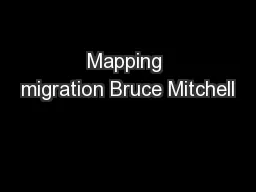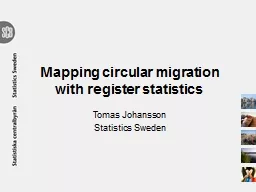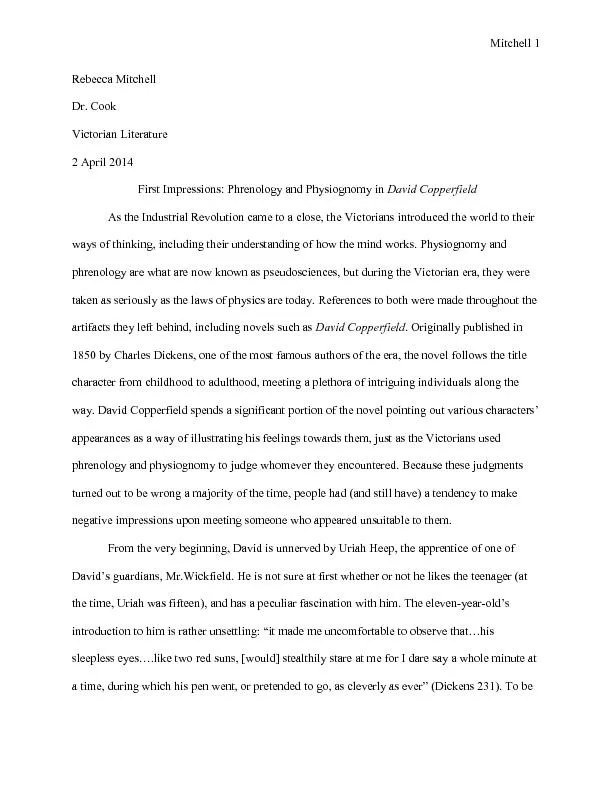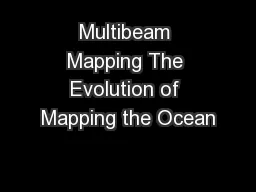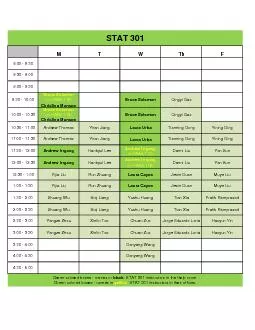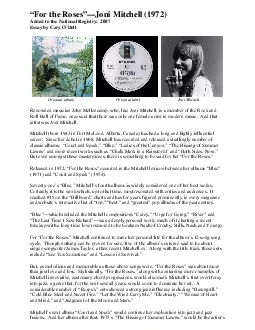PPT-Mapping migration Bruce Mitchell
Author : tawny-fly | Published Date : 2018-10-28
GIS and Mapping Unit ONS Geography Special thanks are due to Martin Ralphs Theo Manassis Iva Špakulová and Jeremy Brocklehurst Brief to identify Migration catchment
Presentation Embed Code
Download Presentation
Download Presentation The PPT/PDF document "Mapping migration Bruce Mitchell" is the property of its rightful owner. Permission is granted to download and print the materials on this website for personal, non-commercial use only, and to display it on your personal computer provided you do not modify the materials and that you retain all copyright notices contained in the materials. By downloading content from our website, you accept the terms of this agreement.
Mapping migration Bruce Mitchell: Transcript
Download Rules Of Document
"Mapping migration Bruce Mitchell"The content belongs to its owner. You may download and print it for personal use, without modification, and keep all copyright notices. By downloading, you agree to these terms.
Related Documents

